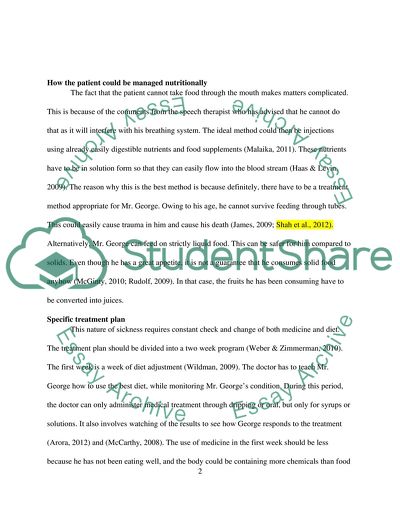Cite this document
(“Enteral Feeding Essay Example | Topics and Well Written Essays - 1000 words - 1”, n.d.)
Enteral Feeding Essay Example | Topics and Well Written Essays - 1000 words - 1. Retrieved from https://studentshare.org/health-sciences-medicine/1468786-enteral-feeding-case-study
Enteral Feeding Essay Example | Topics and Well Written Essays - 1000 words - 1. Retrieved from https://studentshare.org/health-sciences-medicine/1468786-enteral-feeding-case-study
(Enteral Feeding Essay Example | Topics and Well Written Essays - 1000 Words - 1)
Enteral Feeding Essay Example | Topics and Well Written Essays - 1000 Words - 1. https://studentshare.org/health-sciences-medicine/1468786-enteral-feeding-case-study.
Enteral Feeding Essay Example | Topics and Well Written Essays - 1000 Words - 1. https://studentshare.org/health-sciences-medicine/1468786-enteral-feeding-case-study.
“Enteral Feeding Essay Example | Topics and Well Written Essays - 1000 Words - 1”, n.d. https://studentshare.org/health-sciences-medicine/1468786-enteral-feeding-case-study.


